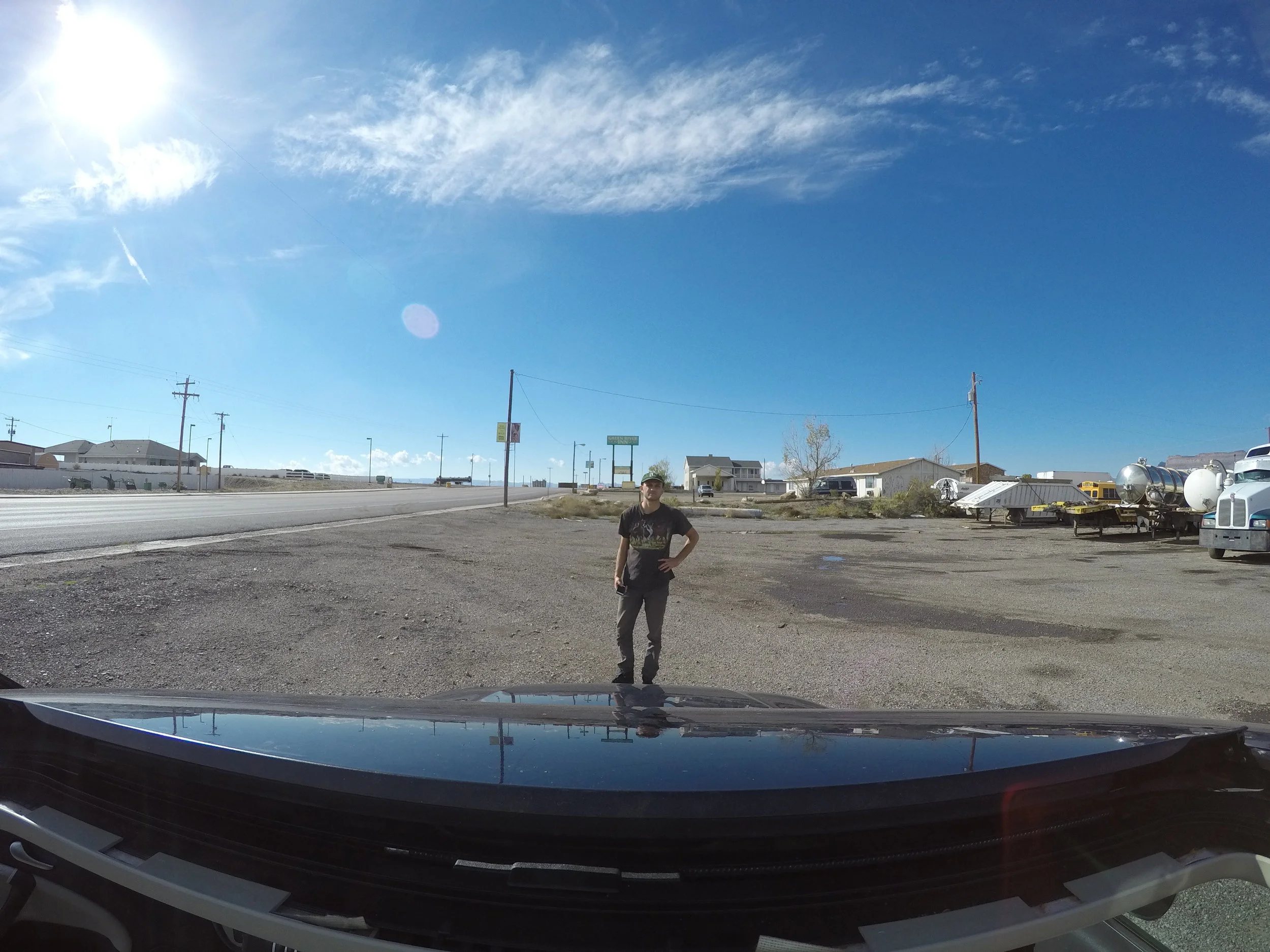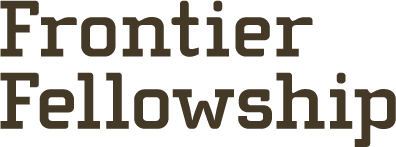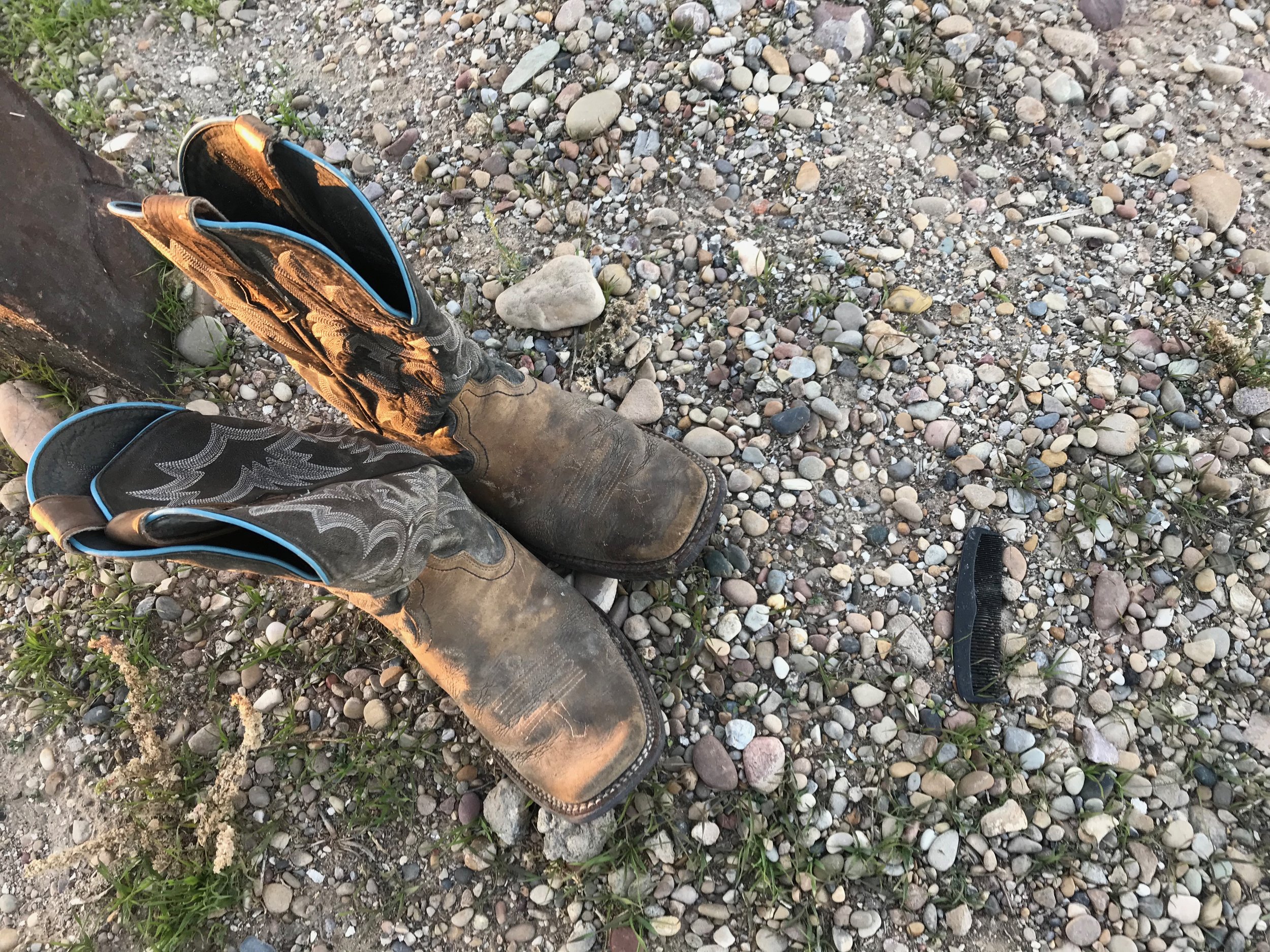Jacob Kahn

Frontier Fellowship Jan/Oct 2018
Website
Jacob Kahn is a poet originally from the Rocky Mountains. Currently, he is a bookseller and managing editor at Wolfman Books in Oakland, CA. The author of a poetic guidebook, “A Circuit of Yields: Conventional Wisdom for Giants” (Wolfman, 2014), and the chapbook, “Lowest Common Denominator” (Schoolprinter, 2017), he regularly contributes to Full Stop; other work can be found online.
An exit is a set of questions. Green River has two of them. I’m not a filmmaker, but during my time in town, among other forays into the swells and wedges of landscape, on circuitous tours with locals, deep into the town and county archive, I shot a set of videos driving from one exit to the other, through town, the classic small town foray down Main, the axiomatic interstate “Business Loop.” I-70. Services. Green River Next Two Exits.
As it so happened, I entered and exited Green River twice, for two weeks at a time about nine months apart. Most Fellows I understand spend roughly a month at a time in the Frontier House, but for practical and personal reasons (and with the gracious blessings of Maria and the rest of the Epicenter crew!) I decided to split my visit in halves. I made two entrances and two exits. And spent my weeks here exploring both. What does it mean to be from a place and what does it mean to be a visitor? What does it means for an outsider to enter and what about when an insider takes off?
Although I currently live in Oakland, California and have lived and traveled all over the west, I grew up in Salt Lake City, and Green River, to me, is a locus of memory. The blustery I-70 crossroads, the central Utah clouds swaying south over the swells and cliffs, the sudden, vexing shock of redrock, the muddy mangled green of the river, the windswept billboards metering your approach to town—and then, there, Green River dug out against the sun-bleached horizon. A stopover. Launchpoint. Takeout. Crossroads. A place that seems to center the compass. That points in all directions, and where all directions seem to meet. In Latin, they call this kind of place the locus amoenus—the speaking place—these are the places I like best. And so the opportunity to go back to Green River and do more than just pass through—to stick around!—was not something to pass up.
Funny, then, that I ended up spending much of my time exploring this very “pass through” relation most people, including myself, have to Green River and perhaps to other interstate, waterway, crossroad towns much like it. This took many forms. I spent days maundering through the Green River Archives in the basement of the John Wesley Powell Museum with the help of the archivists JoAnne Chandler and Katie Conrad. In line with Green River’s geologic and economic history, I wrote a long poem (now published at Grama, a magazine of innovative Western writing) that excavates the town’s history while overhearing its personalities, as if putting face to a name, or pitch to a voice. On top of that, I brought several of my favorite archival texts to the high school (go Pirates!) where I led a series of workshops on “erasure” poetry and collaging with source text and historic material.
My final effort, I guess you could say, was that series of videos driving up and down Main Street overlaid with the voices of town residents, recorded in their cars, as they took me on their own driving tours of town.
These videos were not what I had expected to embark upon. During my first visit, it had increasingly struck me that a motoring, sidelong, passersby perspective was a profound, even prevailing aspect of my past and present experience of Green River. After all, I am no doubt an outsider. And Main Street itself is ostensibly the majority of all outsiders’ experiences of Green River, of any small American town, this brief channel, a series of half-vacated storefronts and rundown lots and quietly populated streets shuffling off like cattle. As Lucy Lippard, James Howard Kunstler, and many others have noted, “American landscape” has for over a century partially connoted what’s out a car window—passing hawk, signage, boy on a bike—perhaps with music on, window open or not—we all know the fixings. You drive through town, all kidneyed, winnowed shape and sound of it, on your way in or out, and feel this deep nostalgic pulse, a sequence of misplaced looks and (arbitrarily) returned identifications. Outsider peering in. And yet herein lies a puzzling dictum: the smaller the place the harder to get in. With horizon on all sides, the challenge here is always coming into view.
So I tried to at least throw myself into that puzzle by amateurishly filming town over and over, driving back and forth from exit to exit, in twenty-five-mile-per-hour loops. At first I held my phone while driving with my knee, but those videos were shaky and the infinite drive back and forth was lonely. So Jarod Hamm, who I stayed with in the Frontier House, joined me as videographer as we drove back and forth across town, getting footage from all the perspectives: headlong, profile, a backward glance, even some avant-garde shots into rearview mirrors cocked at awkward angles. Alas, those are unwatchable. But the other seven or eight minute videos I found totally enchanting. Perhaps I enjoy me some slow cinema, I’ll admit, but these really stirred not so much my imagination but my expectations, me as a Frontier Fellow, somewhere between passer-through and resident, and leapt at me like a visual challenge to dig deeper than those initial enchantments or at least to explore what’s behind Green River’s rickety and ambulatory beauty, to mesh the imminent gaze of the outsider with the depth of knowledge and care an insider underlays. What is place if not both of these?
To further pursue these questions on my second trip back to Green River in October, I had more of a plan. Sort of. With Maria’s help obtaining better equipment, I attached a Go-Pro to the top of my brother’s car (who lent it to me to drive the four hours from Salt Lake and back) to get higher quality videos than the original ones I had shot on my phone. Then, I recorded a series of interviews with town residents in their cars as they took me on their own driving tours of town. My plan was to overlay the audio from these interviews onto the videos of Main Street, to contrast the visual portrayal of town from an outsider’s perspective with the voices of town residents that one might “overhear” on the proverbial drive through town.
It’s worth noting, however, how great the interviews themselves are! Driving around with residents of all ages who knew Green River like the back of their hand and had so much to share about it, I am so thankful and happy to be able to have these recordings available for anyone. The driver-interviewees include Ren Hatt, who gave me a sort of agricultural tour of town; Becky Davis, who brought me up to Blue Castle in the Book Cliffs and gave me an intellectual history of town while sharing the inception story of her very own (and very enigmatic) Oliver Cromwell Society; Mike Ryan, who showed me around historic Elgin, the army base and missile range, and even made an impromptu visit to his brother’s place, where Randy and Kathy invited me in and shared their incredible collection of trinkets and tokens they had discovered as they refurbished the historic cabin they lived in; and high school seniors Kole Hunt and Dawson Anderson, who drove me somewhat aimlessly around (as teens do!) as we drank Mountain Dews and discussed what it’s like to grow up in Green River, what it’s like to consider leaving and what makes them feel they may want to stay.
In all, I recorded almost eight hours of interviews and that was of course only a sliver of the voices of Green River and the perspectives they represent. I’m still working on different iterations of how to overlay these hours of insight and experience onto the seven or eight minute videos of drives through town. As I’m not a filmmaker the editing task feels almost Herculean and even at best the perspectives are still limited. But it is at least a place where the sensory awareness, knowledge of place, and ever-burgeoning tension between insider and outsider can converge, and in that way is an iteration of what I came looking to explore in the first place: the locus ameonus, the speaking place.
Reading list:
The Lure of the Local, Lucy Lippard
Undermining, Lucy Lippard
Basin and Range, John McPhee
Here, C.S. Giscombe
Small Weathers, Merrill Gilfillan
Dart, Alice Oswald
They Were Here (Green River Archive), Muriel Smith
The Exploration of the Colorado River and its Canyons, John Wesley Powell
The Country and the City, Raymond Williams




















